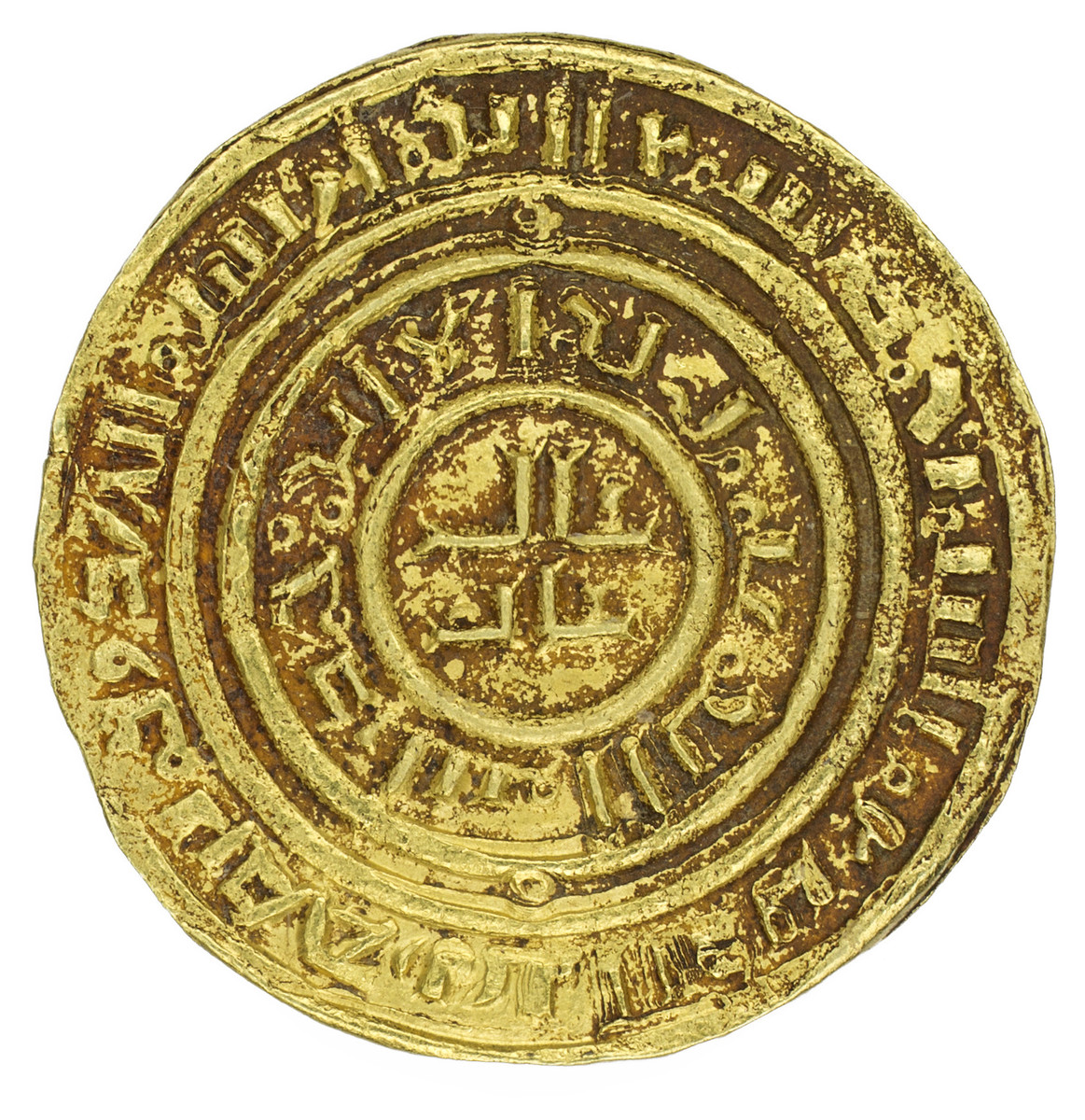Not On View
Unknown
Crusader
Place made: Asia; Latin Kingdom of Jerusalem; possibly Acre
Bezant in imitation of a Fatimid dinar of al-Amir, 12th-13th century
Overall: 22 mm; 7/8 in (diameter); Weight: 4.01 g
Purchase with the Marian Hayes (Class of 1925) Art Purchase Fund
MH 2012.32

 GIVE
GIVE
